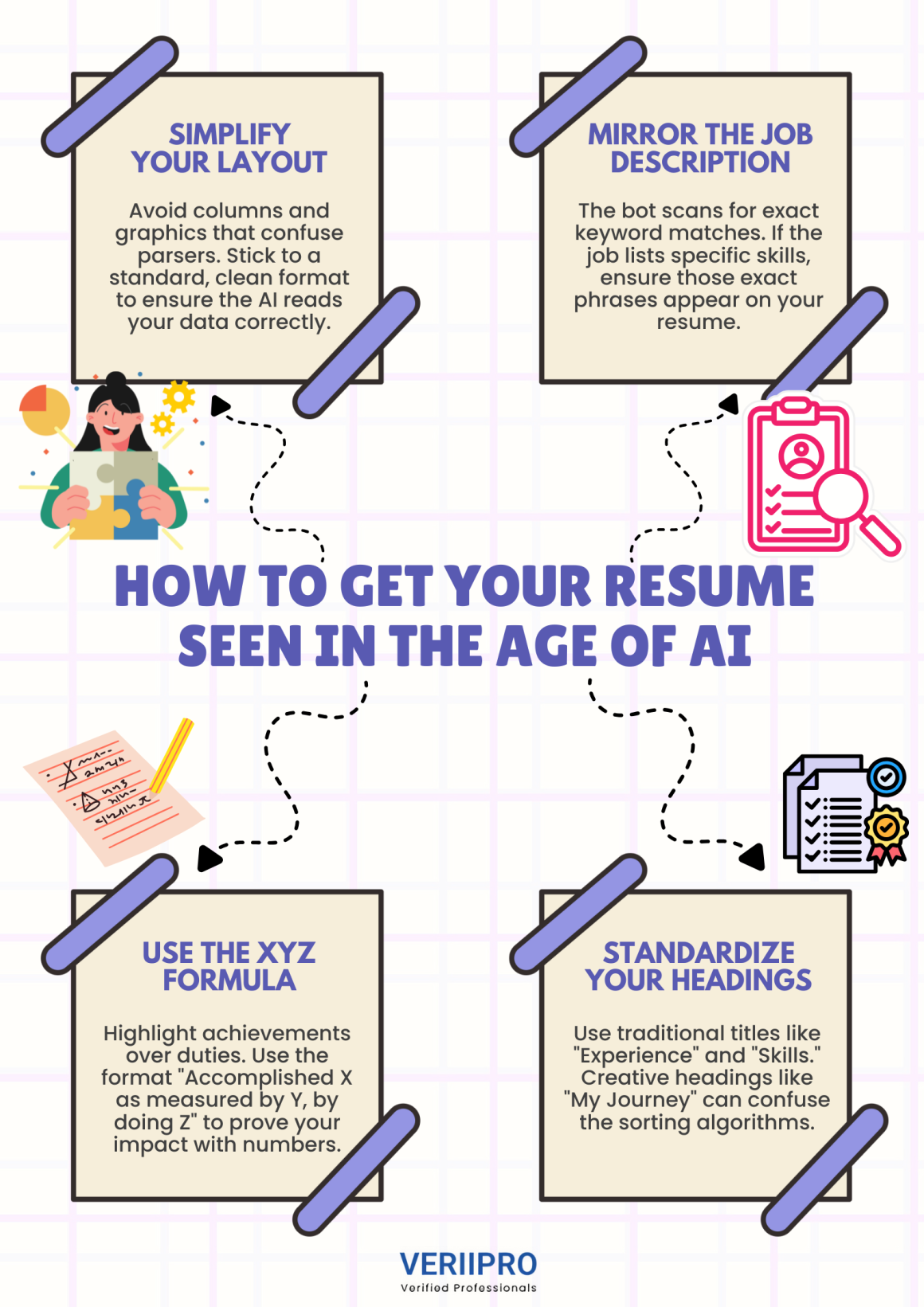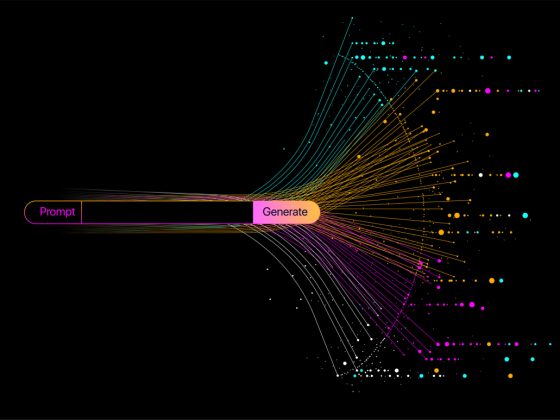Beating the Bot: How to Get Your Resume Seen in the Age of AI
We have all been there. You find the perfect job, spend hours tweaking your cover letter, hit “Submit,” and then silence. You wait a week, then two. Eventually, you might get an automated email saying, “We have decided to pursue other candidates.” But deep down, you wonder: Did a human being actually read my resume?
The answer, increasingly, is no. Before your resume ever reaches a hiring manager’s desk, it has to survive a digital gauntlet known as the Applicant Tracking System (ATS). And recently, these systems have leveled up. They are no longer just simple keyword matchers; they are sophisticated AI-driven engines trained to rank, sort, and often reject candidates before a human ever logs in.
According to data cited by Jobscan, nearly 99% of Fortune 500 companies use an ATS, and these systems reject an estimated 75% of resumes before they are ever seen by human eyes. The game has changed. To get hired today, you don’t just need to impress the recruiter; you have to beat the bot first.

Understanding the “Enemy”: How AI Reads Your Resume
To defeat the system, you have to understand how it thinks. When you upload your resume, the ATS doesn’t “read” it like a person does. It “parses” it. It strips away your fancy fonts, your columns, and your colors, converting your document into raw text data.
Then, the AI goes to work. It compares your raw data against the job description, looking for specific signals: skills, years of experience, and job titles. It assigns you a “match score.” If that score falls below a certain threshold, say, 80% you are automatically moved to the rejection pile. The recruiter sees a list of the top 10 matches, and if you aren’t on it, you don’t exist.
Strategy 1: Keep It Boring (Visually)
This is the hardest pill for creative professionals to swallow: The prettier your resume, the harder it is for a bot to read.
AI parsers struggle with complex layouts. Two-column designs, graphics, skill bars (those little graphs that show you are 90% proficient in Photoshop), and icons often confuse the software. The parser might read across columns, jumbling your work history into nonsense.
To be safe, stick to a standard, reverse-chronological format. Use standard headings like “Experience,” “Education,” and “Skills.” As advised by Indeed’s career guide, avoid placing important contact information in the header or footer, as some older ATS versions can’t see that text. When it comes to beating the bot, boring is beautiful.
Strategy 2: The Art of “Tailoring” (It’s Not Cheating)
Many candidates send the same resume to 50 different jobs. This is the fastest way to get rejected. The AI is looking for specific words found in the job description.
If the job posting asks for “Project Management,” and your resume says “Led various initiatives,” the bot might miss the connection. You need to mirror the language of the job post. This doesn’t mean copying and pasting the whole description in white text (a trick that used to work but now gets you flagged for spamming).
Instead, look for the “hard skills” mentioned in the “Requirements” section. If they ask for “Python,” “SQL,” and “Stakeholder Management,” ensure those exact phrases appear in your Skills section or bullet points. Tools like Teal or Jobscan can actually compare your resume to a job description and tell you which keywords you are missing.
Strategy 3: Use the “XYZ” Formula for Impact
AI models are increasingly trained to look for competence, not just attendance. They don’t just want to know what you did; they want to know what you achieved. A bullet point that says “Responsible for sales” is weak.
Google’s former SVP of People Operations, Laszlo Bock, famously coined the XYZ Formula: “Accomplished [X] as measured by [Y], by doing [Z].”
- Bad: “Wrote articles for the company blog.”
- Good (XYZ): “Increased web traffic by 20% (X) within 3 months (Y) by implementing a new SEO keyword strategy (Z).”
Numbers stand out to both bots and humans. They provide concrete proof of your value.
Strategy 4: Don’t Forget the Human “Backdoor”
While optimizing for the bot is essential, the absolute best way to bypass the AI filter remains good old-fashioned networking.
If you can get a current employee to refer you, your resume often skips the initial automated filter and lands in a dedicated “Referral” queue, which recruiters are required to review manually. A report by LinkedIn consistently shows that referrals are the number one source of high-quality hires.
Optimize your resume for the bot, but spend equal time on LinkedIn connecting with humans. The algorithm is the gatekeeper, but a referral is the key that unlocks the side door.
Looking Forward
Looking for opportunities to advance your career? VeriiPro is here to help! Navigating the modern job market, with its AI filters and complex hiring processes, can be overwhelming. VeriiPro specializes in connecting talented professionals across various industries with top-tier employers. We understand what hiring managers (and their bots) are looking for. Let our resources and experience guide you past the algorithms and into the interview room for your dream job.








